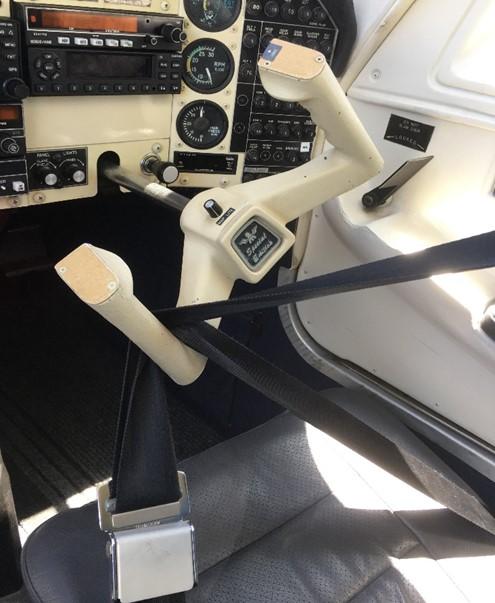
2 minute read
Airmanship
Employee News
Congratulations to Henry Brink on the successful completion of his apprenticeship. Henry has two CASA exams to complete before he can become a Licensed Aircraft Maintenance Engineer (LAME).
Advertisement
There is a critical shortage of LAMEs in the industry. The Club is fully committed to training apprentices to secure the long-term future of the industry. Unfortunately, many maintenance organisations, especially the larger airlines, appear to be reducing their investment in apprentice training, possibly to reduce costs. This hastens the movement of trained LAMEs from the club to these larger organisations. The Club currently has three apprentices/trainees.
Henry Brink
Airmanship
Securing Of Aircraft Flight Control
After another spate of broken switch housings and switch clusters caused by incorrect securing of the flight controls, it is timely that we have a look at the securing of flight controls in aircraft that do not have a physical locking device (e.g. M20), or as a temporary measure if a locking device is missing.
Aircraft with control locks should always have the control lock fitted immediately after shutdown, if possible before you get out of the pilot seat.
For aircraft with no control lock, the controls are generally secured by using the harness to secure the control column. This can be either the left or right hand seat harness. The seat should be slid right forward, the harness extended to its fullest, then fed around the column and secured to the buckle, ensuring no twists or knots. The seat should then, if aircraft type allows, be slid back and locked into place – without using undue force (we want to secure the controls, not break anything in the process). The following should also be considered if the harness includes an inertia shoulder strap it is not this section that should be used to secure the controls but rather the lap section of the harness.

By David Royans
Ensure the harness, when secured, is not wrapped around the tip of the control column horn. Particularly as the tip of the horn may house PTT, trim, auto pilot switches etc., either singularly or in a cluster.
Be aware this is only an example. There are many different types of aircraft with no locking device and may require different techniques –some aircraft have seats that do not adjust (the pedals are adjusted instead); some have a stick not a column. There are many variations. The lesson here is to work out what may cause something to break, and then not do that.





